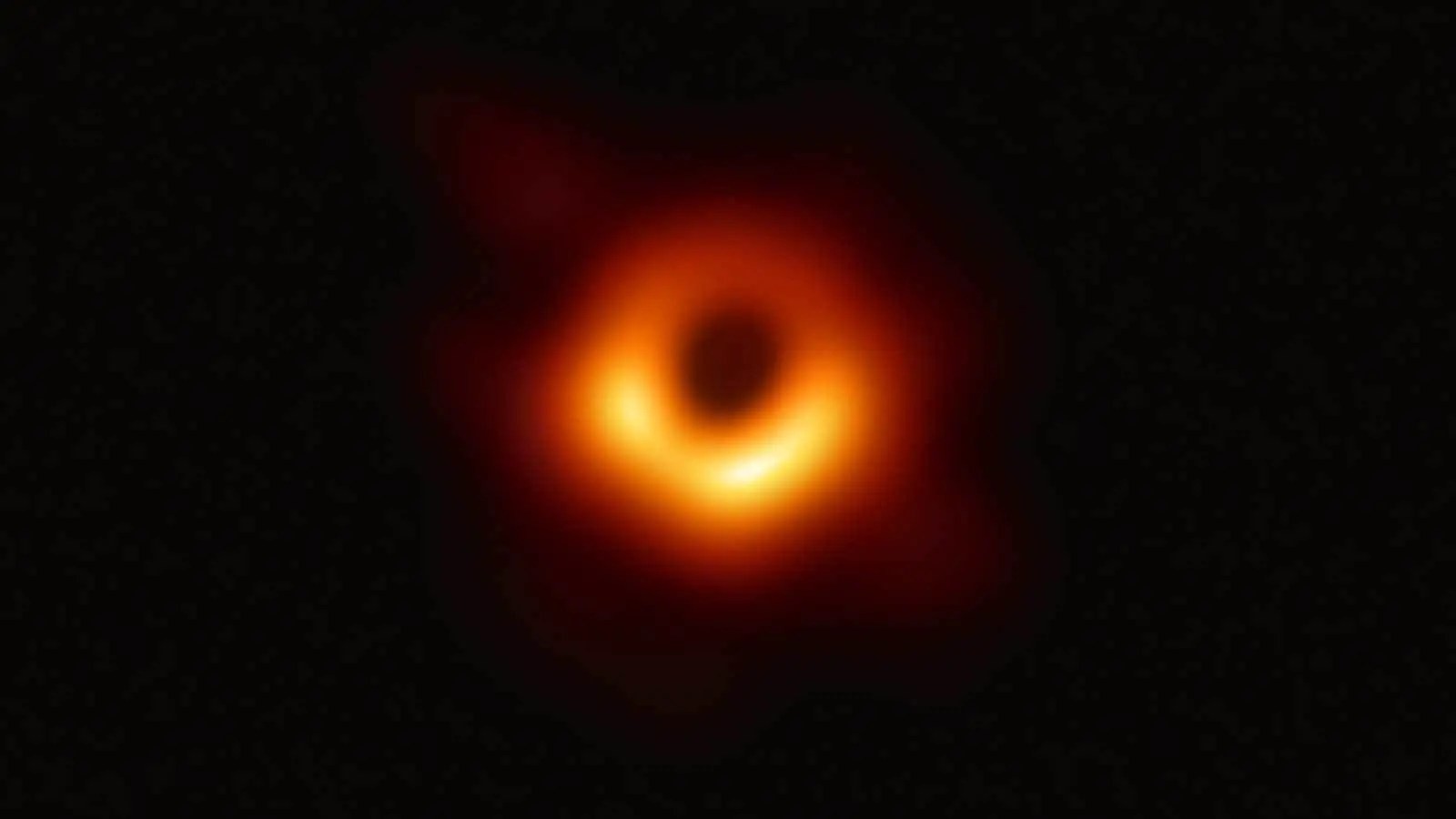The universe is vast and ancient, filled with billions of galaxies, each containing billions of stars. Our solar system, a tiny speck in this cosmic expanse, is relatively young compared to the universe’s age. This article explores the significant age difference between the solar system and the universe, delving into how scientists determine these ages and what this difference means in the grand scheme of things.
This image of Earth, taken from space, highlights our planet’s fragility in the vast cosmos. Our planet, and indeed our entire solar system, represents a relatively recent development in the universe’s long history. Image Credit: Reto Stöckli, Nazmi El Saleous, and Marit Jentoft-Nilsen, NASA GSFC
A Cosmic Timeline: Universe vs. Solar System
Scientists estimate the universe’s age to be approximately 13.8 billion years old. This age is determined by measuring the expansion rate of the universe and the ages of the oldest stars. By observing the redshift of light from distant galaxies, astronomers can calculate how fast the universe is expanding. Extrapolating backward allows them to estimate when the universe originated from a single point, the Big Bang.
In contrast, our solar system is a mere 4.6 billion years old. This age is derived from radiometric dating of meteorites, the oldest rocks in our solar system. By analyzing the decay of radioactive isotopes within these meteorites, scientists can accurately determine their age, providing a reliable estimate for the formation of the solar system.
The Vast Age Gap: Implications and Perspective
The age difference between the solar system and the universe—roughly 9.2 billion years—highlights the immense timescale of cosmic events. For nearly two-thirds of the universe’s existence, our solar system didn’t exist. This vast timescale allows for the formation of stars, galaxies, and the complex elements necessary for life to arise.
The W51 nebula, a “star factory,” showcases the ongoing process of star formation in the Milky Way. These processes, essential for the creation of solar systems like ours, took billions of years to unfold after the Big Bang. Image Credit: NASA/JPL-Caltech
The universe’s long history also provides context for the relative youth of Earth and the evolution of life on our planet. While 4.6 billion years is a significant amount of time, it represents a relatively short chapter in the universe’s ongoing story.
What Constitutes the Universe?
The universe encompasses all matter, energy, space, and time. It’s primarily composed of hydrogen, the simplest element, along with dark matter and dark energy, mysterious substances that scientists are still trying to understand. Visible matter, including stars, planets, and galaxies, makes up only a small fraction of the universe’s total composition.
This artist’s rendering depicts the formation of a planetary system, a process that occurs billions of years after the initial formation of the universe. Image Credit: NASA
Conclusion: A Continuing Journey of Discovery
Understanding the age difference between our solar system and the universe helps us appreciate the vastness and complexity of the cosmos. As we continue to explore space and develop new technologies, our knowledge of the universe and its history will undoubtedly evolve. The ongoing quest to unravel the mysteries of the universe promises exciting discoveries for generations to come.
 First image of a black holeThis groundbreaking image of a black hole demonstrates the power of human ingenuity in exploring the universe’s most enigmatic phenomena. These discoveries continue to reshape our understanding of the cosmos. Image Credit: Event Horizon Telescope collaboration et al.
First image of a black holeThis groundbreaking image of a black hole demonstrates the power of human ingenuity in exploring the universe’s most enigmatic phenomena. These discoveries continue to reshape our understanding of the cosmos. Image Credit: Event Horizon Telescope collaboration et al.
